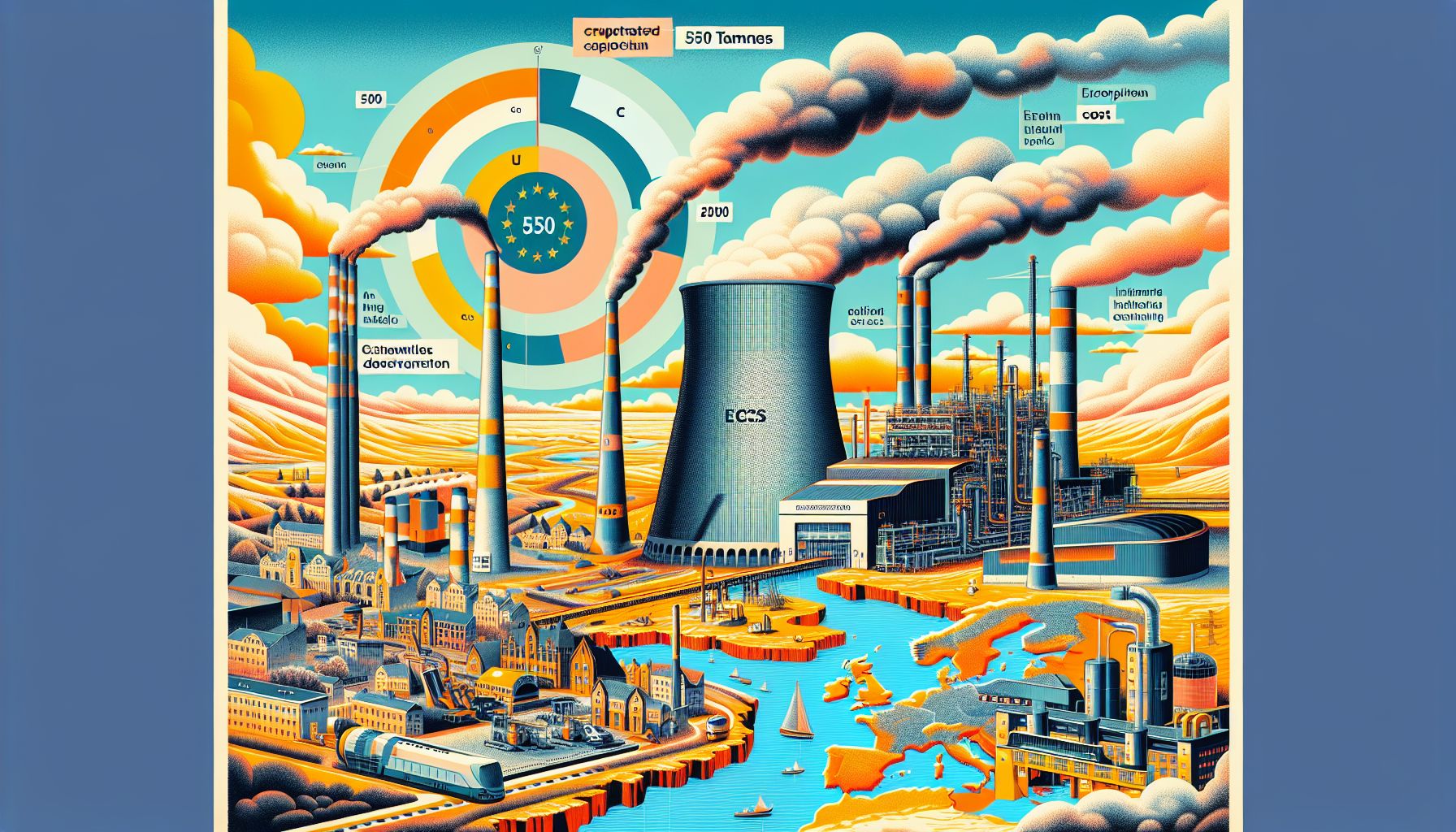Carbon Capture and Storage: A Crucial Tool in the Fight Against Climate Change

Netherlands, Thursday, 19 September 2024.
A new report highlights carbon capture and storage (CCS) as a vital technology for reducing CO2 emissions. With the European Union targeting 550 million tonnes of captured carbon by 2050, the largest CCS facility in Europe, Climeworks’s Mammoth plant in Iceland, opened in May 2024. Despite progress, challenges remain in cost reduction and infrastructure development for widespread CCS adoption.
Current Status of Carbon Capture and Storage
CCS technology involves capturing CO2 from large emitters, such as power plants and industrial facilities, and storing it underground to prevent it from entering the atmosphere. As of 2024, there are 45 active CCS facilities worldwide, with a significant concentration in the United States[1]. The largest operating CCS facility in Europe is Climeworks’s Mammoth plant in Iceland, which began operations in May 2024 and highlights the continent’s commitment to carbon reduction[1].
Technological Advancements and Methods
There are three primary methods of carbon capture: pre-combustion, post-combustion, and oxy-fuel combustion. Each method varies in its application and efficiency, depending on the type of industrial process involved. Direct Air Capture (DAC) systems are gaining traction, especially in the United States, where the government has allocated $7 billion for DAC hub development and over $13 billion in tax credits for carbon sequestration technology[1]. Companies like Carbyon and Skytree in the Netherlands are at the forefront of advancing DAC technology[1].
Economic and Infrastructural Challenges
Despite the promising advancements, the cost of CCS remains a significant barrier to its widespread adoption. In Europe, the cost of sequestering CO2 ranges from €70 to €250 per tonne, which is a substantial expense for many industries[1]. Additionally, the development of necessary infrastructure, such as carbon pipelines, poses logistical and financial challenges. Samantha Eleanor Tanzer, an assistant professor at TU Delft, suggests that making carbon pipelines operate as a public utility could reduce transport costs, which she identifies as a major bottleneck in the CCS process[1].
Global Efforts and Government Initiatives
Governments worldwide are recognizing the importance of CCS in achieving climate goals. The U.S. federal government, for example, has made substantial investments in CCS through the 2021 Infrastructure Investment and Jobs Act and the 2022 Inflation Reduction Act, which offer tax credits up to $85 per tonne of CO2 captured[2]. In Norway, the Northern Lights project, a collaboration between TotalEnergies, Equinor, and Shell, aims to transport and store up to 1.5 million tonnes of CO2 annually, with potential expansion based on demand[3].
Future Outlook and Potential
The future of CCS depends on continuous technological advancements and the development of affordable and reliable infrastructure. Marco De Paoli, a Marie-Skłodowska Curie Fellow at UT, emphasizes the need for safe and long-term storage solutions, aiming for CO2 to be stored for at least 10,000 years at a cost of less than $100 per tonne[1]. As the global community strives to meet climate targets, CCS will play an increasingly crucial role in bridging the gap between current emissions and future sustainability goals.

